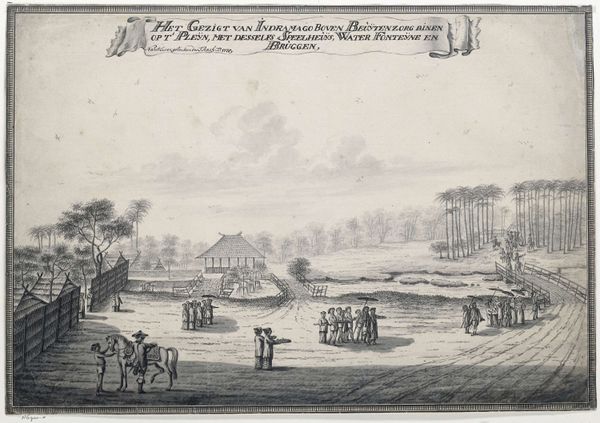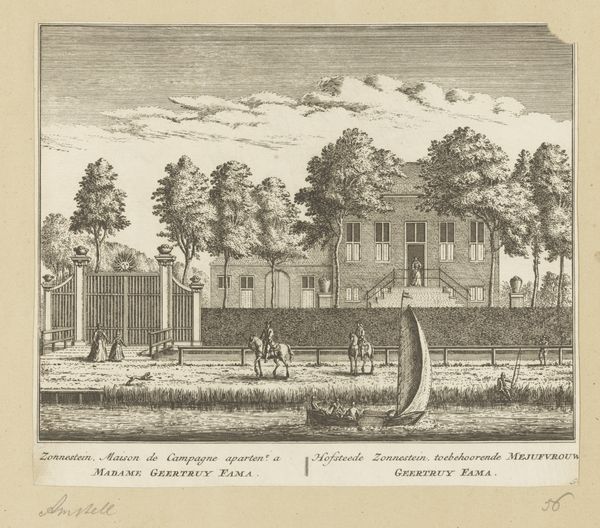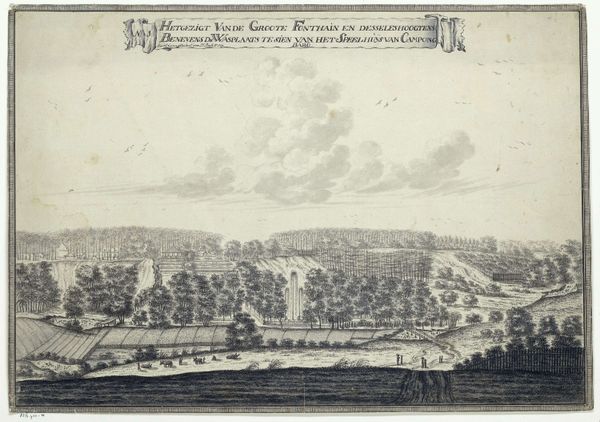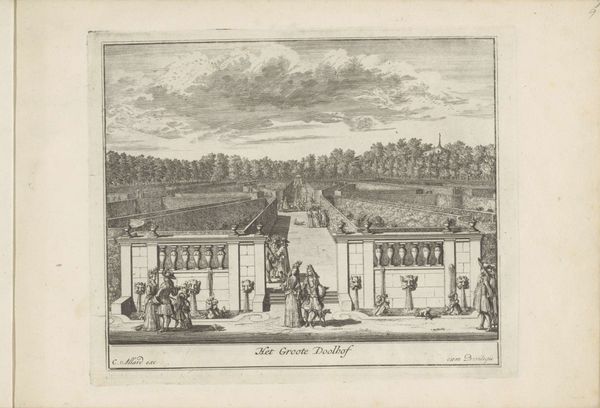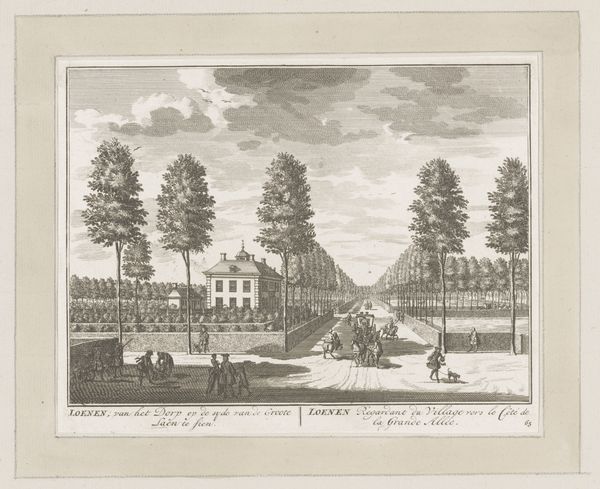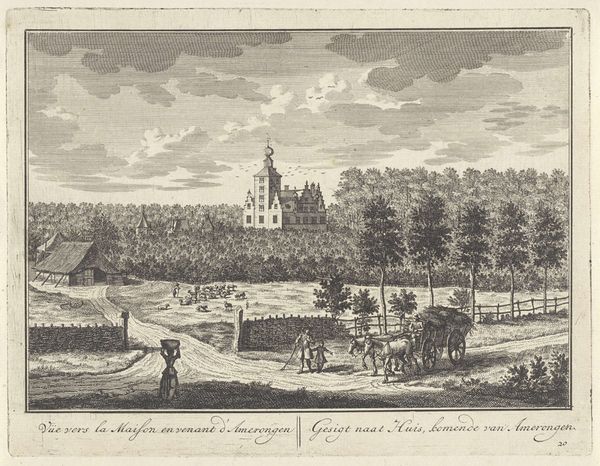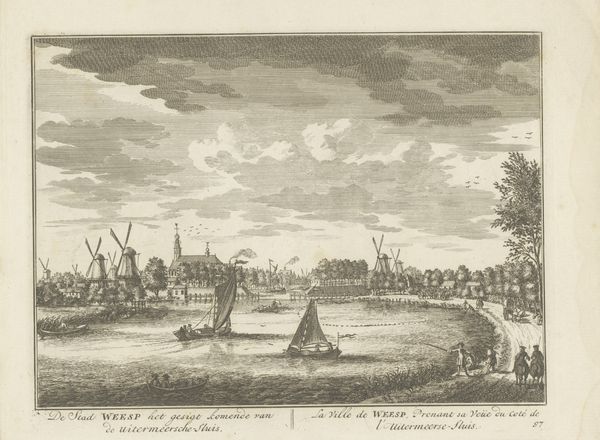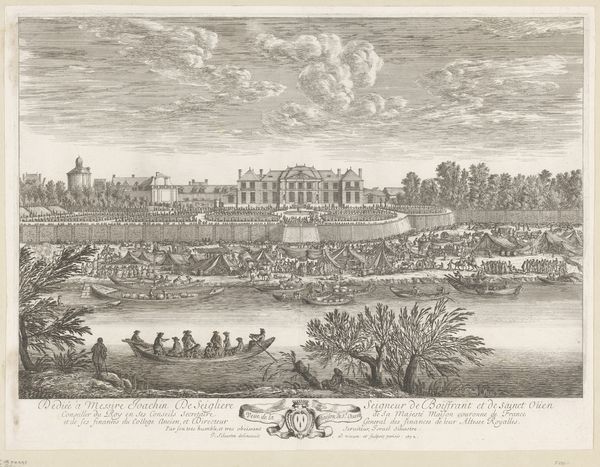
Het Gesigt van de Bamboeze Brugh Leggende over 't Revier d'Sappang van de Beneeden Thuijn na t Campon Baro op Buijten Zorg 1770
0:00
0:00
drawing, paper, ink
#
drawing
#
landscape
#
paper
#
ink
#
orientalism
#
genre-painting
Dimensions: height 37.8 cm, width 53.6 cm
Copyright: Rijks Museum: Open Domain
Editor: So, this drawing from 1770, titled "Het Gesigt van de Bamboeze Brugh Leggende over 't Revier d'Sappang van de Beneeden Thuijn na t Campon Baro op Buijten Zorg" by Johannes Rach, is made with ink on paper, depicting a landscape scene. It feels very observational and almost ethnographic in its detail. What strikes you most when you look at this work? Curator: What immediately grabs my attention is the way Rach, a European artist, represents this Indonesian landscape and its inhabitants. It speaks volumes about the power dynamics inherent in the colonial gaze. How do we interpret this “orientalism” through the lens of postcolonial theory? Editor: I see what you mean. The focus on capturing the scene implies a level of distance, a separation between the artist and the subject. How does that distance manifest itself in the visual elements? Curator: Look at the bridge, acting as a literal and symbolic connector but also a barrier. Who crosses it, and for what purpose? Rach’s depiction isn’t just a neutral recording; it's an interpretation loaded with assumptions about culture, class, and perhaps even racial superiority. How might a contemporary artist approach a similar subject, challenging those historical biases? Editor: It's almost as if the bridge represents a power dynamic – who is allowed to cross, who is observing, who is being observed? Is Rach aware of this commentary, or is he simply following the artistic conventions of the time? Curator: That's the question, isn't it? To what extent can an artist transcend the limitations of their own cultural moment? This image offers us a window into the past, but it's a distorted one, reflecting the prejudices and assumptions of its creator and the colonial project itself. Perhaps this drawing can prompt discussions about who has the right to represent whom, and what responsibilities come with that power. Editor: That makes me look at it very differently. Thanks. I initially saw just a tranquil landscape, but now I realize it's layered with questions of power, representation, and colonial history.
Comments
No comments
Be the first to comment and join the conversation on the ultimate creative platform.
